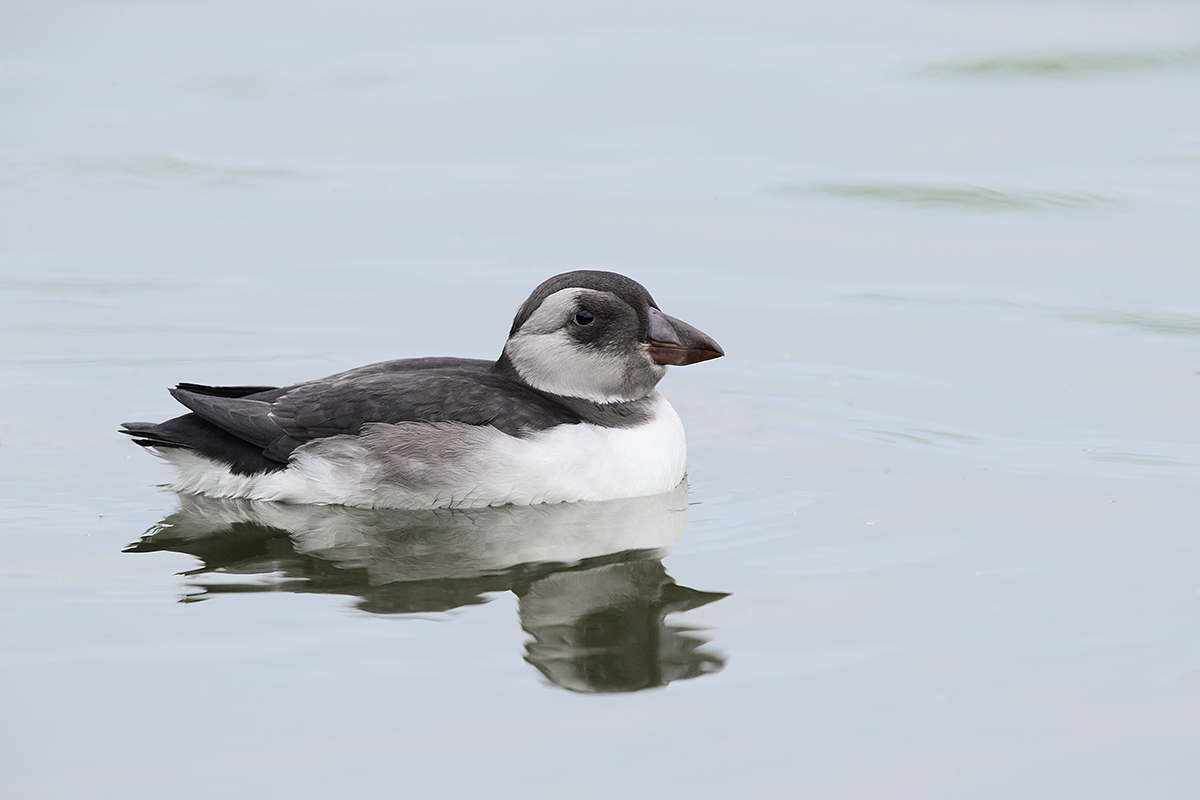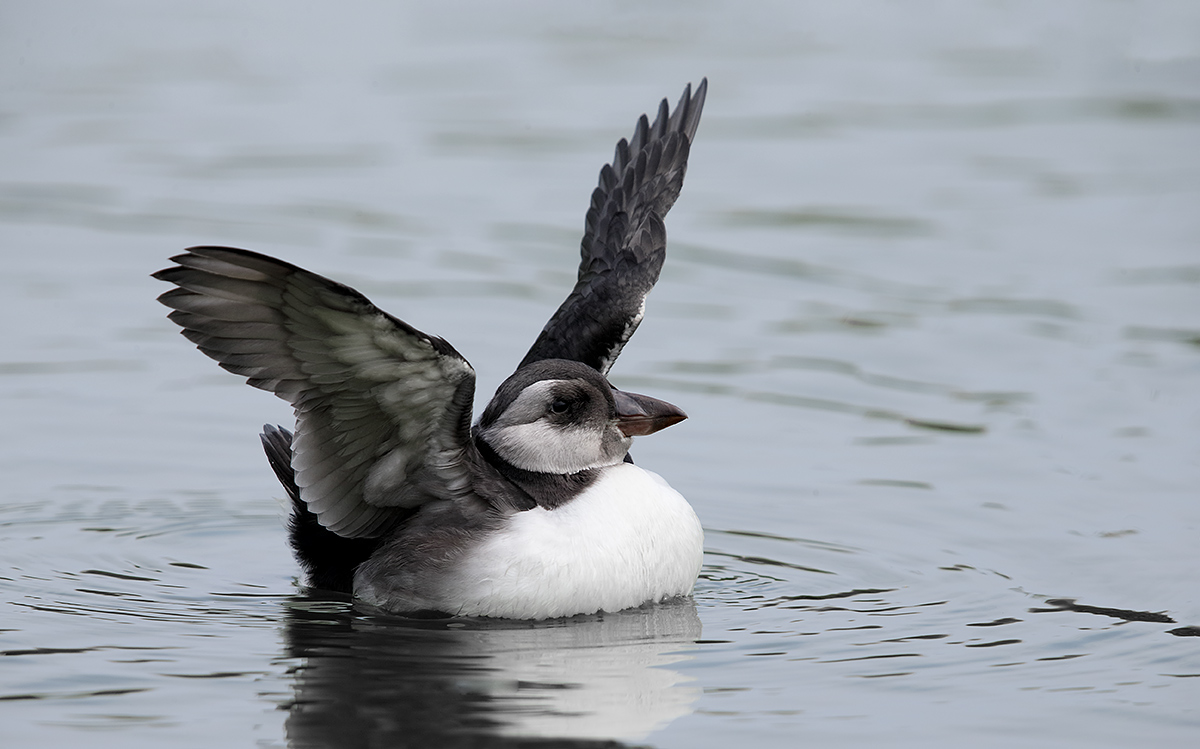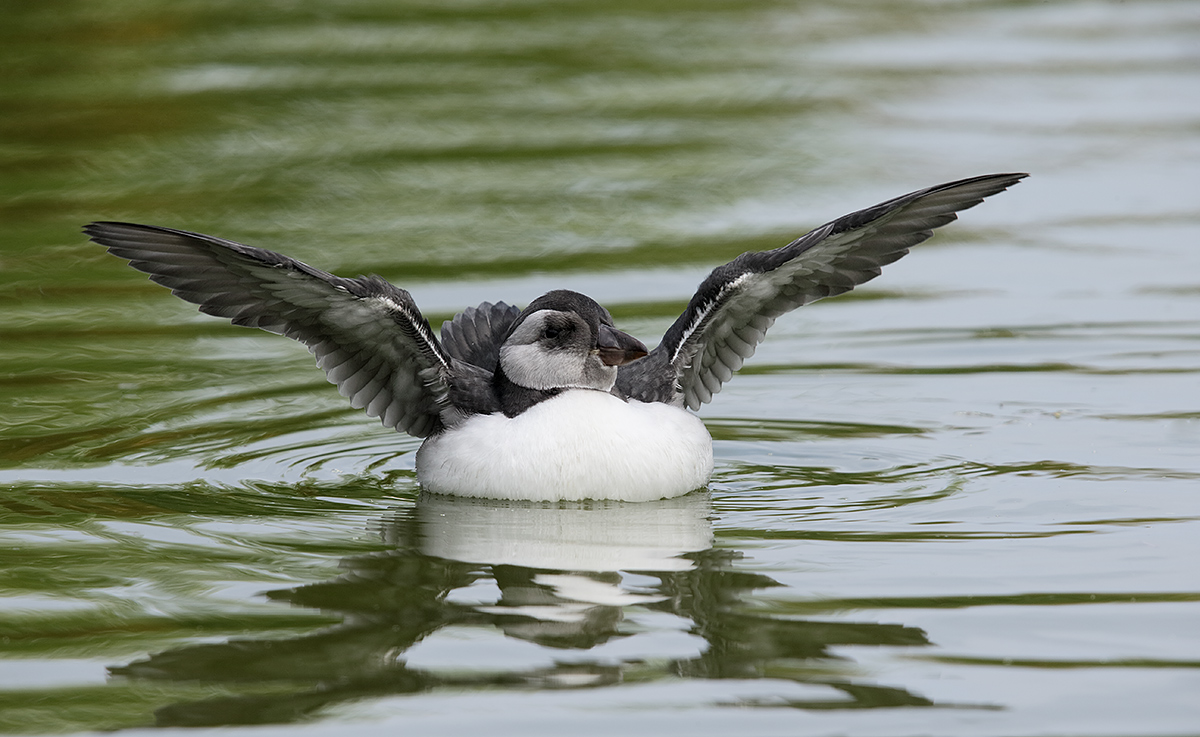The Streak Continues: 222
It is just afer 5:45am at my Mom’s house in Holbrook, NY. I did not get much sleep after 2am this morning–can you say jet lag? I finally got out of bed at 4am to finish up this blog post. It took about four hours in all to create this post. Today Denise and I drive up to the 2014 NECCC Conference in Amherst, MA where both Denise and I are speaking. My programs are being generously sponsored by the Canon USA Explorers of Light group. Please stop by and say “Hi.” This post marks 222 consecutive days with a new educational blog post; there is a ton of stuff to learn here today. With so many folks getting in the habit of using our B&H links and our Amazon logo-links why quit now? April, May and June have been fantastic as lots of folks are getting the message; using my affiliate links does not cost you a penny and helps support my efforts here. To show your appreciation, I do ask that you use our B&H and Amazon affiliate links on the right side of the blog for all of your purchases. Please check the availability of all photographic accessories in the BIRDS AS ART Online Store, especially Gitzo tripods, Wimberley tripod heads, and the like. We sell only what I have used and tested, and know that you can depend on. We will not sell you junk. We know the tools that you need to make creating great images easy and fun. And we are always glad to answer your gear questions via e-mail.
You can find the following items in the store: Gitzo tripods, Mongoose M3.6 and Wimberley heads, plates, low feet, and accessories, flash brackets, , Delkin e-film Pro Compact Flash Cards, LensCoat products, and our unique line-up of educational materials including ABP I & II, Digital Basics, Site and Set-up e-Guides, Canon and Nikon Camera Users and AF e-Guides, and MP-4 Photoshop video tutorials among others.
I would of course appreciate your using our B&H affiliate links for all of your major gear, video, and electronic purchases. For the photographic stuff mentioned in the paragraph above we, meaning BAA, would of course greatly appreciate your business. Here is a huge thank you to the many who have been using our links on a regular basis and visiting the BAA Online store as well.
|
Though it was hard to believe as I was sitting in my Mom’s house in Holbrook, NY when I began this blog post on Wednesday, July 9, this image was created on the previous afternoon, July 8, in the UK. The image was created with the Gitzo 3532 LS carbon fiber tripod, the Mongoose M3.6 head, the Canon EF 600mm f/4L IS II USM lens, the Canon Extender EF 2X III, and the Canon EOS-1D X. ISO 400. Evaluative metering + 1 1/3 stops as framed: 1/320 sec. at f/10 in Manual mode. AWB in cloudy bright conditions. Central Sensor (by necessity)/AI Servo-Expand/Rear Focus AF on the side of the bird’s upper breast just below the base of the bird’s bill was active at the moment of exposure. When you add the 2X TC to an f/4 lens with the 1DX or the 5D III you need to remember to hit the MFn button to switch to expand and benefit from having four additional AF sensors activated. You can learn everything there is to know about the 1D X and 5D III AF systems including how to manage the various AF Area Selection Modes, when to use which one, my Custom Case for photographing birds in flight and in action, and several ways to move the AF sensor around in the 1D X AF Guide and the 5D Mark III User’s Guide. Click here to see the latest version of the Rear Focus Tutorial. Click on the image to see a larger version. . |
Unexpected Treasure
Several folks in the group had gotten brief looks at a few juvenile totally black and grey above Atlantic Puffins with their small dark bills. One was lost on a muddy flat and was–appropriately–covered in thick black muck. Several others, still covered in soft grey down, were seen peeking out of their burrows. On our afternoon seabird island there is a small pond where adult and juvenile Black-headed Gulls bathed each afternoon. On our last photo session of the trip I was the first one to walk by the pond. I saw a small grey bird with a white breast swimming to and fro, avoiding the occasional dive-bombing gull. When I raised my lens, I was shocked to see that it was a fledgling Atlantic Puffin. The juvenile puffins most often leave their burrows at night and usually head directly to the sea where they spend their first winter. I have never heard of much less seen one swimming in a shallow pond. I quickly called the rest of the group for a very rare photographic opportunity.
|
This image was also created yesterday afternoon in the UK at with the Gitzo 3532 LS carbon fiber tripod, the Mongoose M3.6 head, the Canon EF 600mm f/4L IS II USM lens, the Canon Extender EF 2X III, and the Canon EOS-1D X. ISO 400. Evaluative metering + 1 stop as framed: 1/500 sec. at f/9 in Manual mode. AWB in cloudy bright conditions. Central Sensor (by necessity)/AI Servo-Expand/Rear Focus AF below and slightly forward of the eye where the black neck ring met the grey face was active at the moment of exposure. When you add the 2X TC to an f/4 lens with the 1DX or the 5D III you need to remember to hit the MFn button to switch to expand and benefit from having four additional AF sensors activated. You can learn everything there is to know about the 1D X and 5D III AF systems including how to manage the various AF Area Selection Modes, when to use which one, my Custom Case for photographing birds in flight and in action, and several ways to move the AF sensor around in the 1D X AF Guide and the 5D Mark III User’s Guide. Click here to see the latest version of the Rear Focus Tutorial. Click on the image to see a larger version. . |
When Longer is Better/Getting Set Up
Though a seemingly tame bird the baby puffin remained at the far end of the small pool. Most of us were under-gunned when it came to focal length. In an effort to get a bit longer, I had borrowed Jean-Luc Vaillant’s 200-400 for the last boat trip; even at 784mm I was wishing that I was working at 1200mm. UK Puffins and Gannets IPT participants (both multiple IPT veterans and good friends) Mike Goldhamer of Sand Diego and George Golumbeski (both of whose fathers had their names Americanized by the folks at Ellis Island when they immigrated to the US) each had their 600 IIs with them. Jean-Luc, another multiple IPT veteran and good friend, loaned Mike his 2X III TC. George has his along.
As Mike and George began photographing the very popular young puffin with the 600II/2X III/1D X combo, I made sure that each of them was set up correctly in Manual mode with the right exposure. With its dark feathers and dusky face you want to make sure to push the exposure as far to the right as possible without getting any blinkies on the breast. It was an interesting situation: in the darker green water zero or +1/3 stop gave the best exposure. In the light blue water that came out to about +1 1/3 or +1 2/3 stops. Please remember that there is no EC (exposure compensation) when you are working in Manual Mode; you set the correct exposure for the subject and watch the exposure indicator move along the scale as the framing of light and dark elements and background tonalities changes.
|
Again with the Gitzo 3532 LS carbon fiber tripod, the Mongoose M3.6 head, the Canon EF 600mm f/4L IS II USM lens, the Canon Extender EF 2X III, and the Canon EOS-1D X. ISO 400. Evaluative metering at zero as framed: 1/500 sec. at f/10 in Manual mode. AWB in cloudy bright conditions. Central Sensor (by necessity)/AI Servo-Expand/Rear Focus AF just below the bill where the black neck ring met the white upper breast was active at the moment of exposure. Again, when you add the 2X TC to an f/4 lens with the 1DX or the 5D III you need to remember to hit the MFn button to switch to expand and benefit from having four additional AF sensors activated. You can learn everything there is to know about the 1D X and 5D III AF systems including how to manage the various AF Area Selection Modes, when to use which one, my Custom Case for photographing birds in flight and in action, and several ways to move the AF sensor around in the 1D X AF Guide and the 5D Mark III User’s Guide. Click here to see the latest version of the Rear Focus Tutorial. Click on the image to see a larger version. . |
Kindness and Generosity
After having their fill of the amazing little puffin, both Mike and George kindly shared their 600 IIs with a 2X III in place with Jean-luc, with me, and with Denise. Donna Bourdon, after photographing the juvie puffin with her 400 DO/1.4X III TC rig, was off somewhere having a ton of fun and Dave Nielson was working the bird with his 600 II/1.4X II rig. Nikon shooter Milton McLain joined in the fun while working at a shorter focal length.
George had a ball shooting flight with the 200-400 that I had borrowed from Jean-luc and Mike did the same with Jean-luc’s 300 II. Thanks a stack to all involved in the share-fest.
As we headed for the boat to leave the island for the last time, all the while getting pecked on our heads by the Arctic Terns, each of us had a huge smile on our face. What better way could there be to end a great trip than with a swimming baby Atlantic Puffin?
Image Questions
1-Which image offers the best look at the face?
2-Which image features the most dramatic pose?
3-Which image is your favorite?
Be sure to like and follow BAA on Facebook by clicking on the logo link upper right. Tanks a stack!
Support the BAA Blog. Support the BAA Bulletins: Shop B&H here!
We want and need to keep providing you with the latest free information, photography and Photoshop lessons, and all manner of related information. Show your appreciation by making your purchases immediately after clicking on any of our B&H or Amazon Affiliate links in this blog post. Remember, B&H ain’t just photography!
Amazon Canada
Many kind folks from north of the border, ay, have e-mailed stating that they would love to help us out by using one of our affiliate links but that living in Canada and doing so presents numerous problems. Now, they can help us out by using our Amazon Canada affiliate link by starting their searches by clicking here. Many thanks to those who have written.
Typos
In all blog posts and Bulletins, feel free to e-mail or to leave a comment regarding any typos, wrong words, misspellings, omissions, or grammatical errors. Just be right. 🙂

















Artie: Nice blog and images. The first snowy owl I photographed was last December in MD and it was through the kindness of strangers, who shared about $13,000 worth of optics with me (Canon 600 f/4 IS IIL and Canon 2X III extender) and their tripod. A nice gift and life lesson.
I will take all the baby Puffin photos as equally superb so I shall not attempt to rate them. I have seen very many puffins whilst serving in Her Majesty’s Armed Forces in the 1960s and 70s having trained in Scotland, Wales, Norway, Iceland and Finland but until your last trip I have never seen a baby Puffin in the wild or in print and if my Doctor is right I never will. Thank you all for the opportunity of ticking a box I never knew existed you have made me a very happy man.
Chris Cooke
Face- First On
Pose- Second
Fav – Second
Hiya
No 2 for best look at face
No 2 for dramatic pose – it looks as though it is trying it’s wings for the first time
So – No 2 for favorite shot
Great work, gotta love the wild life
I like #1 for the facial details, but I like #3 as a picture. It almost looks like the Puffin is sitting on a flotation device. Great shot! Hope you are feeling better.
Image 1 gives the best view of the face, image 3 is my favorite an the most dramatic
Jeff
Artie,
There’s an interesting exception for Canon 1DX users to your statement, “Please remember that there is no EC (exposure compensation) when you are working in Manual Mode; you set the correct exposure for the subject and watch the exposure indicator move along the scale as the framing of light and dark elements and background tonalities changes.” It was in the, “When Longer is Better/Getting Set Up” Section.
With the most recent firmware (v. 2.0.3), Canon 1DX users can configure their body to do manual mode exposure compensation using the quick control dial (thumb wheel) and the set button. The compensation comes from raising and lowering the ISO vice adjusting the aperture. Procedures for doing this are in the EOS-1D X Firmware Version 2.0 Features Guidebook, page 26(http://downloads.canon.com/CDLC/EOS-1DX_4x5_Flipbook.pdf)
Hi Dean, EC in Manual Mode makes zero sense to me. This new improvement will not show how the meter meter reading compared to the manual exposure that you set. I have been suggesting for quite a while that the manufacturers could do that easily.
1-Which image offers the best look at the face? #1
2-Which image features the most dramatic pose? #3
3-Which image is your favorite? #1. I like how clean it is and the bird’s eye contact makes it more personal.
Best look at the face: 1st image
Most dramatic pose and my favorite: 3rd image
I hope to sign up for one of your more modest US workshops, one of these days, Artie.
I think Image #1 gives the best look at the face, and #2 is the most dramatic pose. #2 would be my favourite.
I have wondered how you remember your EC when shooting in manual mode, since as far as I know the EXIF data doesn’t show what exposure the meter recommended?
That’s because in manual mode the meter doesn’t recommend an exposure, you do.
Bobby, ? You wrote: That’s because in manual mode the meter doesn’t recommend an exposure, you do.
What are you referring to? artie
Well, then the meter tells you what it thinks the exposure should be (0 on the scale) and you adjust one way or the other. I was wondering how Artie remembers how much he adjusted for each image, since he always lists his +/- exposure settings.
Hi Tim,
While there is a ton of stuff that I cannot remember I usually take a peek at the analogue scale and have a great knack for remembering the ECs, especially if I post an image within a few days of creating it That said I can pretty much look at an image and, if I am accurate in assessing the light, I can let you know the effective EC within 1/3 stop 99.99% of the time.
Artie, Your “Kindness and Generosity” note demonstrates one of the very nice social aspects of photography as a group.